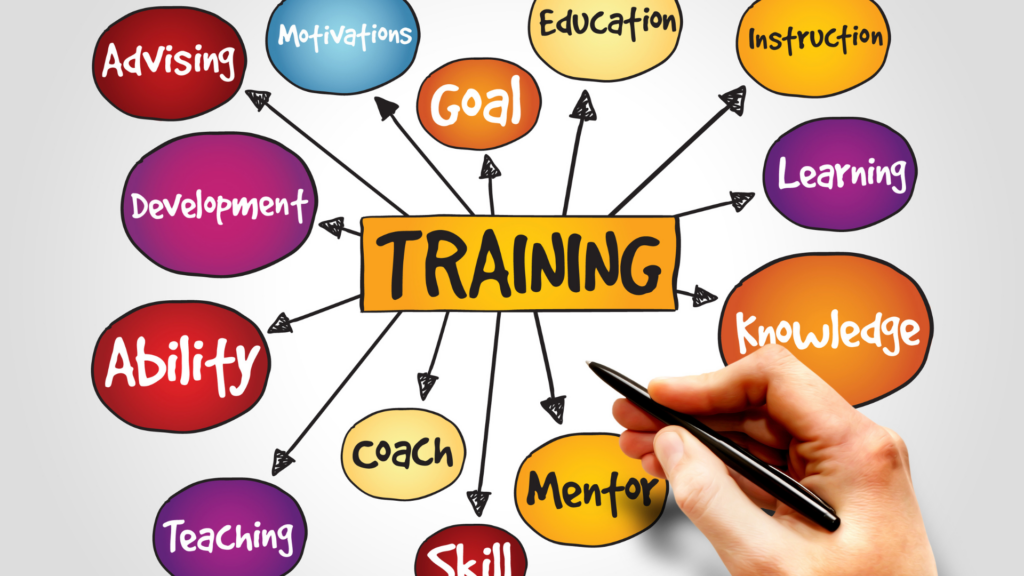
Introduction
In today’s fast-paced business environment, small and medium enterprises (SMEs) face unique challenges in managing operations efficiently while keeping costs under control. Salesforce, the world’s leading customer relationship management (CRM) platform, offers a suite of tools that can help SMEs streamline their operations, improve customer engagement, and drive growth. However, to fully leverage the power of Salesforce, it’s essential to implement best practices tailored to the needs of smaller businesses.
In this blog, we’ll explore key strategies that SMEs can adopt to optimize their use of Salesforce and ensure a seamless integration into their business processes.
1. Start with Clear Objectives
Before diving into Salesforce implementation, it’s crucial to define clear objectives. What are the specific challenges your business is facing? Are you looking to improve customer service, streamline sales processes, or enhance marketing efforts? By identifying your goals upfront, you can tailor your Salesforce setup to meet these needs, ensuring that the platform delivers tangible results.
2. Leverage Salesforce Automation
Salesforce offers powerful automation tools, such as Salesforce Flow, to automate routine tasks and reduce manual work. For SMEs, this can be a game-changer, freeing up time and resources that can be better spent on strategic initiatives. Consider automating tasks like lead assignment, email follow-ups, and data entry to improve efficiency and reduce the risk of human error.

3. Customize Salesforce to Fit Your Business
One of Salesforce’s strengths is its flexibility. SMEs should take advantage of this by customizing the platform to align with their specific business processes. Whether it’s creating custom objects, fields, or workflows, tailoring Salesforce to your needs will ensure that it works for your business, not the other way around.
4. Utilize Salesforce AppExchange
The Salesforce AppExchange is a treasure trove of apps and integrations that can extend the functionality of your Salesforce instance. For SMEs, these pre-built solutions can be a cost-effective way to add features without needing extensive custom development. Look for apps that address your specific needs, whether it’s for accounting, project management, or customer support.
5. Invest in Training and Support
Even the most powerful tools are only as good as the people using them. Investing in training for your team is essential to ensure they can make the most of Salesforce. Salesforce offers a variety of training resources, including Trailhead, its free online learning platform. Additionally, consider setting up a support system within your organization, so employees have a go-to resource for Salesforce-related questions.

6. Monitor and Optimize Performance
Salesforce provides robust reporting and analytics capabilities that SMEs can use to monitor key performance indicators (KPIs) and track progress toward their goals. Regularly reviewing these reports can help identify areas for improvement and ensure that your Salesforce setup continues to meet your business needs. Don’t be afraid to tweak and optimize your processes as your business grows and evolves.
7. Ensure Data Quality
Data is at the heart of any CRM system, and Salesforce is no exception. For SMEs, maintaining high data quality is crucial to making informed business decisions. Implement data validation rules, establish clear data entry guidelines, and regularly clean up your database to ensure that your Salesforce data remains accurate and up-to-date.

8. Focus on Customer Experience
At its core, Salesforce is designed to help businesses build stronger relationships with their customers. For SMEs, this means using Salesforce to deliver a personalized and seamless customer experience. Whether it’s through automated email campaigns, targeted marketing, or efficient customer service, Salesforce can help you keep your customers happy and engaged.
Conclusion
For small and medium enterprises, Salesforce can be a powerful ally in the quest for operational efficiency and growth. By following these best practices—setting clear objectives, leveraging automation, customizing the platform, utilizing AppExchange, investing in training, monitoring performance, ensuring data quality, and focusing on customer experience—SMEs can unlock the full potential of Salesforce and position themselves for long-term success.
As your business grows, Salesforce will grow with you, providing the tools and insights needed to adapt to new challenges and opportunities. Embrace these best practices, and watch your operations become more streamlined, your team more productive, and your customers more satisfied.

